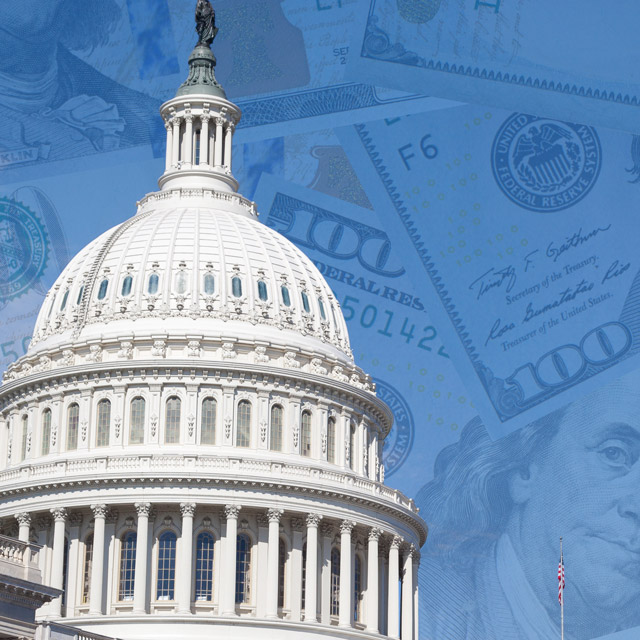The average age of a servicemember who retires from active duty is just 45. That young retirement age means many people leaving the service will be looking for second careers. A state's economic environment, including the share of veteran-owned businesses and job opportunities for veterans as well as job growth in general, was one of three main factors in WalletHub's recently released 2017 ranking of the
best and worst states for veterans to retire. Ted Digges, executive director of the Penn Mutual Center for Veterans Affairs at The American College of Financial Services and a retired Navy captain, suggested that retiring servicemembers, "assuming they are interested in a second career, should prioritize the following: salary, job and location. Depending on where location is ranked for each individual will help determine where to live," he told WalletHub in the report.
(Related: How the Military Creates Successful Financial Advisors) Digges noted that veterans looking for new careers "have the benefit of not only the technical skills developed on active duty, but also the often overlooked soft skills that can translate into a variety of career fields." Richard Pusateri, military and veterans services manager in the John Jay College of Criminal Justice at CUNY, suggested veterans look for new opportunities in fields they're familiar with by looking for civil service positions supporting the military or security firms. In the private sector, he recommended looking for security, operations and project management positions. WalletHub also considered a state's quality of life in determining the 2017 ranking. The quality of life score included weather, recreation and educational opportunities, but also the size of the veteran community, the share of VA administrative facilities per veteran, and the share of veterans who were homeless. In addition to the number of physicians and health care facilities per capita, WalletHub considered the number of VA health facilities and their quality, and the presence of veteran treatment courts for a state's health care score. Veteran treatment courts provide treatment and mentoring services to veterans with mental health and substance abuse problems. WalletHub used data from the U.S. Census Bureau, Bureau of Labor Statistics, Military Officers Association of America, USAspending.gov, U.S. Department of Veterans Affairs, the Defense Department's MilitaryINSTALLATIONS site, U.S. News & World Report, Gallup Healthways, Council for Community and Economic Research, U.S. Department of Housing and Urban Development, Indeed and its own proprietary research for the ranking.
--- Read 10 Best and Worst States for Military Retirees: 2016 on ThinkAdvisor. 









